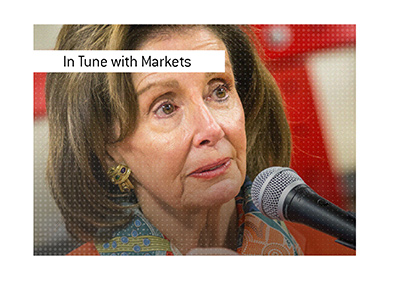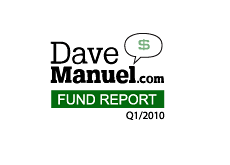Options Beginners Lesson: Strike Prices, Time Decay and Premiums
 If you are new to the world of trading options, then you are likely somewhat confused by some of the new terms that you are hearing about. Options volatility? Time decay? Premiums? What does it all mean?
If you are new to the world of trading options, then you are likely somewhat confused by some of the new terms that you are hearing about. Options volatility? Time decay? Premiums? What does it all mean?First off - what is an option? An option is the right, but not the obligation, to engage in a future transaction on some security. So, you may buy an option that gives you the right to buy 100 shares of MSFT at the options expiry in October, or you may buy a option that gives you the right to sell the same security at the same expiry date. These are called "calls" and "puts".
Now, each option has a value, which is the "premium". This is the price that you would pay if you want to buy a "call" or "put" option.
So let's say that you want to buy a "call" option for MSFT. You want the option to buy 100 shares of MSFT at the "strike price" of 45 dollars when the options expire in October. Options expire on the third Friday of each month. So if you buy the option to buy 100 shares of MSFT at 45 in October, you would need MSFT to close about $45 on the third Friday of October or else your options will expire worthless. If MSFT closes above $45, then your options will be worth money.
So what is the exact definition of a "strike price"? That is the value that you would get the underlying shares for should you exercise your option. So if you buy an option to buy 100 shares of MSFT @ 45, then the strike price is 45.
If you buy a Sept 55 call, this means that the option expires on the third Friday of September and there is a $55 "strike price." If you buy a Sept 55 put, this means that the option expires on the third Friday of September and there is a $55 strike price. This would give you the option to sell 100 shares of MSFT at $55.
The closer that you get to an options expiry date, the quicker the premiums will decline in value. This is called "time decay". Options are a wasting asset, and will decline in value as the expiry date draws closer. If an option is "out of the money" (meaning, the stock price is currently lower than the strike price), then the time decay will accelerate as the expiry date draws closer due to the lessened chance that the options will become profitable. This is time decay, and this is built into the premium of an option. If you buy an option that won't expiry for four months it will have considerably more value than an option that expires in one month. This is why if you compared the price of a Sept 55 call with a Dec 55 call, you would notice that the premium for the Dec 55 is substantially higher than the Sept 55 call. This is because the Dec $55 call has had significantly less erosion of its premium due to "time decay."
Filed under: Stock Market Education | General Knowledge



